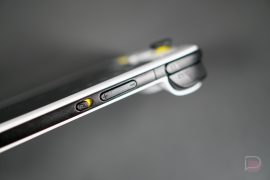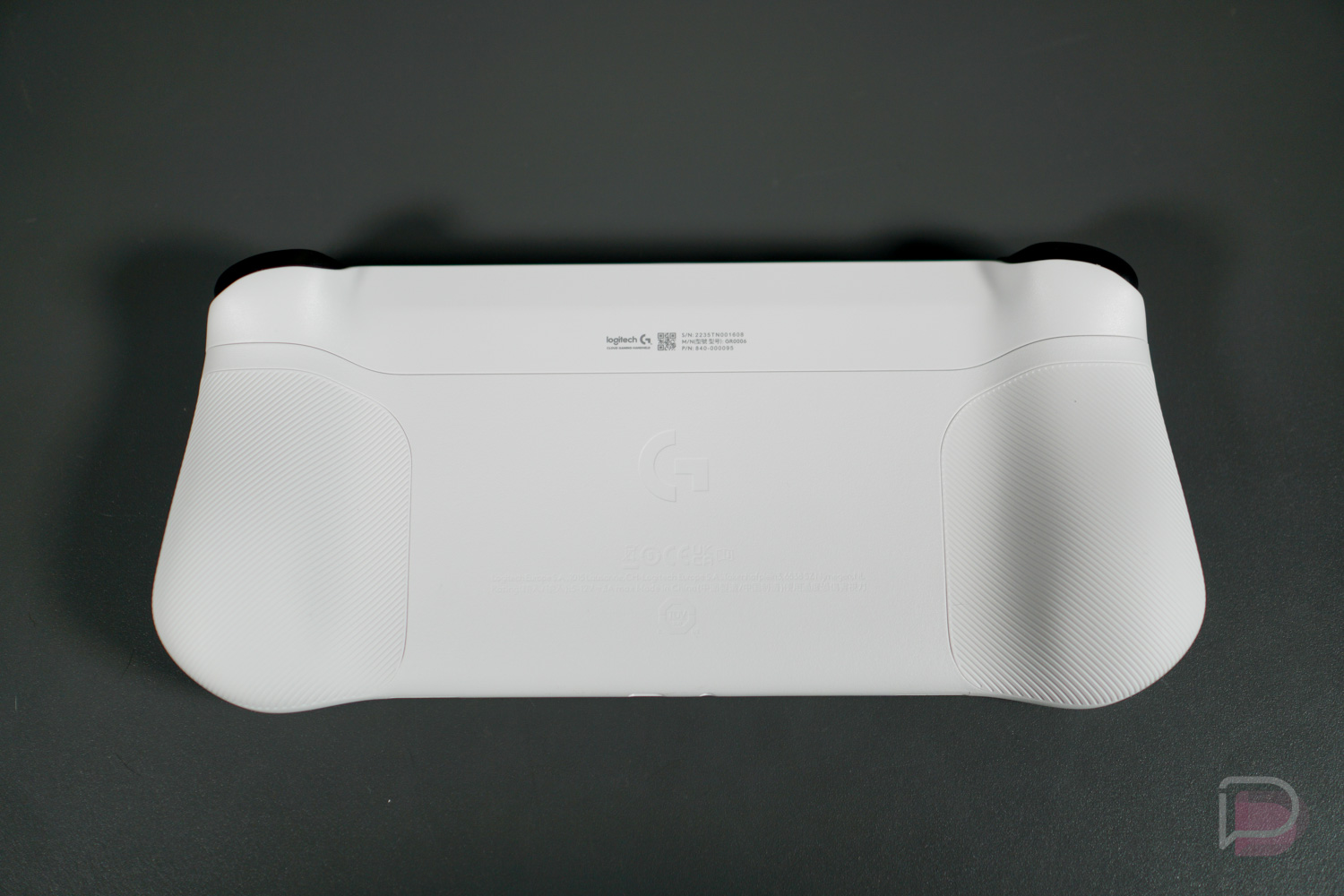Cloud gaming is in an interesting place, at least for us Android users. In our eyes, it’s not looking great, with Google announcing the shutdown of Stadia and refunds to be issued for games purchased. It’s just not a good, reassuring look for those who might be thinking about dropping money on a cloud-based version of their favorite game. While Google may be taking a step back, other companies are pushing forward, with Logitech recently announcing the G Cloud handheld gaming device.
Available later this month, but up for pre-order right now for the early bird price of just $299 ($349 regular price), the G Cloud is what NVIDIA’s SHIELD Portable should have eventually evolved into. It’s a relatively underpowered device that takes full advantage of the cloud-based systems that companies like Microsoft and NVIDIA are pouring a ton of resources into. Think of G Cloud like an Android-powered Steam Deck, but with a lot less onboard computing power.
For hardware, we have a plastic body complete with all of the triggers, bumpers, and buttons one may need for gaming. It’s a very solid body with a nice bit of weight thanks to a large built-in 6,000mAh battery and 7-inch Full HD (60Hz) display. All of the buttons, thumbsticks, D-Pad, triggers, and bumpers feel solid. To put it simply, it doesn’t feel like a $349 device, if that makes sense. On the inside, we have a Snapdragon 720G processor and 4GB RAM running Android 11, with a custom launcher created by Logitech to act as the interface you’ll mostly see for jumping in and out of games. There’s also a Tablet Mode, should you want that at some point. A full spec rundown can be viewed on our original announcement post. For anyone on the fence, it’s possible that the specs are what seem a little lacking. After all, it’s a SD720G with 4GB RAM running a version of Android from over two years ago. I totally get it, and let me assure you, I felt the same way when I was first learning about this device.
Now having used the device for games from both the cloud and Google Play, I can honestly say that these specs work perfectly fine for what most may need, plus the overall experience at the Early Bird price of $299 is pretty great. Do I wish the device could support higher refresh rates? Yes, that’s my number one complaint, but other than that, performance is surprisingly good, which makes perfect sense when we consider that all this device has to do is have a solid WiFi connection to play the world’s most demanding AAA titles. We can all admit that this is what makes the idea of cloud gaming attractive, having all graphical settings set to ultra but not actually needing the thousands of dollars worth of hardware required to make that happen. The issue is, while it is possible on G Cloud, you still can’t truly experience the cloud’s ultimate power because we’re still limited by the machine’s own display specs. To reiterate, in the performance department, all this device needs is a 90-120Hz display and I’d be completely onboard. The display’s colors are good, brightness is super solid, and the contrast levels are very nice. It really just needs that higher refresh rate that my eyes have grown accustomed to.
Battery life is exceptional. To give examples, I tested a few things. For starters, I downloaded a ton of games from Google Play, such as Sonic the Hedgehog, GTA: Vice City, Alto’s Odyssey, Crazy Taxi, plus a few other favorites of mine. For my gaming sessions, which never went more than an hour, this device was lasting for days. I’d come back from time to time throughout the day, get some gaming in, and then set it down. Hours later I’d come back and still have plenty of juice for more gaming. For the cloud gaming it was the same, if not better. Since all I’m doing is streaming the game, it felt like the G Cloud was sipping juice while I was deep in Cyberpunk 2077 via GeForce NOW or Xbox’s Trek to Yomi and Back 4 Blood. Logitech claims up to 12-ish hours of continuous gaming, so as long as you break up that time, this device should have no issues giving you plenty of gameplay on a single charge. I was pretty impressed here.
To wrap this up, if you’re a fan of cloud gaming, I have no issues recommending this device. If you’re looking for more of a portable Google Play game hub to play your favorite mobile games, while it does work, I think you’re better off sticking with your phone or dedicated tablet device with a Bluetooth controller paired to it (if the game supports such a thing). G Cloud simply doesn’t have the processing power (or display chops) to take us where we want to be with Android-based gaming. On the cloud side, though, performance is completely ample and it gets the job done. My only concern on that side is GeForce NOW. Will NVIDIA continue to support it? While I hope they do, with the death of Stadia, I keep getting a sense that the writing is on the wall for other cloud gaming services.
TL;DR Version: At the Early Bird price of $299, the G Cloud has great hardware and battery life. It’s the perfect entry point into the world of handheld cloud gaming, so long as you don’t mind staring at a display that can’t go beyond a frame rate of 60Hz.
Purchase G Cloud
Read the original post: Logitech’s G Cloud Cloud Gaming Device is Actually Pretty Awesome
via Droid Life: A Droid Community Blog https://ift.tt/aQLGUMy
October 13, 2022 at 03:55PM

















